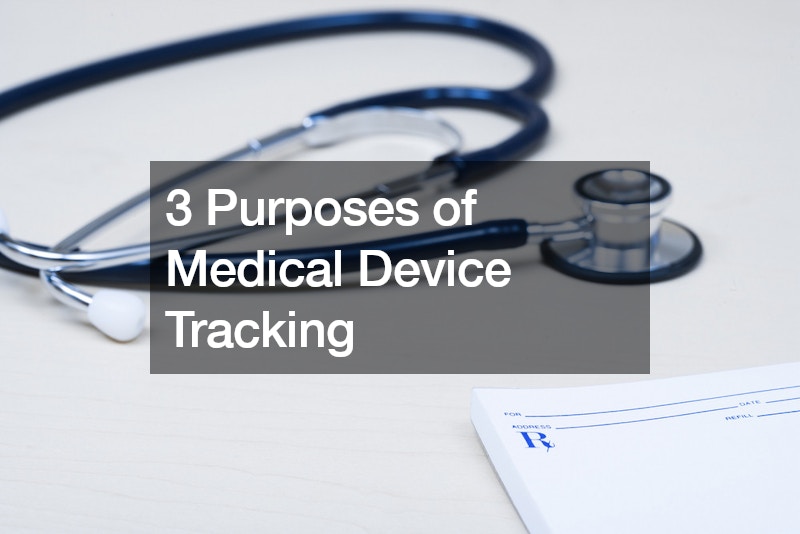
Medical device tracking serves several crucial purposes within the healthcare system. Here are three to consider.
1. Patient safety is paramount in medical device tracking. By maintaining a comprehensive record of where devices are located and which patients are using them, healthcare providers can swiftly identify and address issues that may arise with specific devices. This includes monitoring for adverse events or unexpected failures that could jeopardize patient health. For example, in cases where a particular batch of devices is found to have a manufacturing defect, tracking enables targeted notifications to patients and healthcare providers, ensuring timely intervention and replacement.
2. Improving device effectiveness is another critical goal of tracking systems. By gathering data on how devices perform in real-world clinical settings, manufacturers and regulatory bodies can assess their efficacy and make informed decisions regarding improvements or modifications. This continuous feedback loop helps drive innovation and ensures that medical devices meet the evolving needs of patients and healthcare providers alike. Moreover, tracking data can highlight trends in device usage patterns, allowing for adjustments in training or protocols to optimize their utilization.

3. Facilitating recalls and managing risk is significantly streamlined through effective device tracking. In the event of a safety concern or product defect, rapid identification of affected devices and their locations is essential for initiating recalls or safety alerts. This proactive approach minimizes potential harm to patients and reduces the economic impact on healthcare providers by swiftly replacing affected devices. Additionally, tracking supports regulatory compliance by providing auditable records of device distribution and usage, ensuring that healthcare facilities adhere to reporting requirements and maintain patient safety standards.
